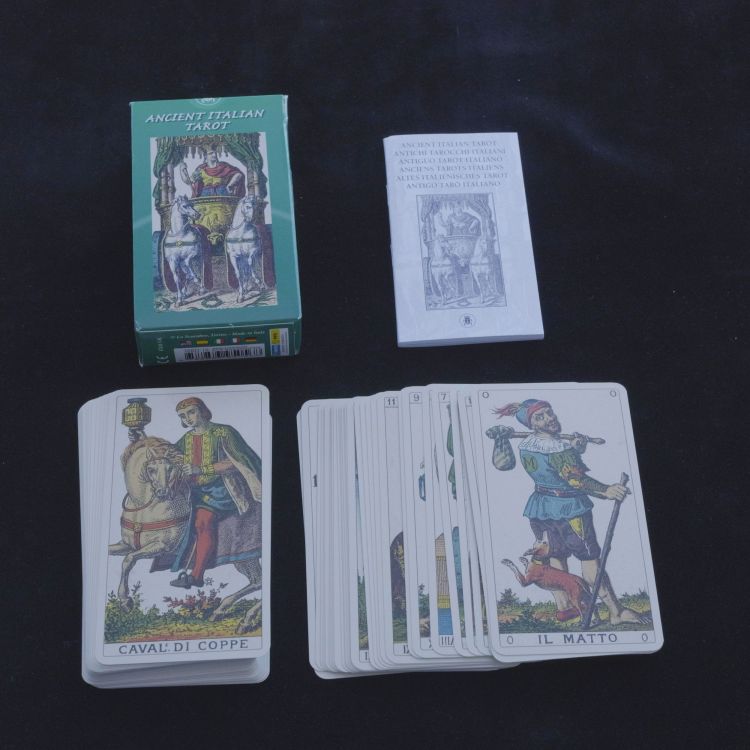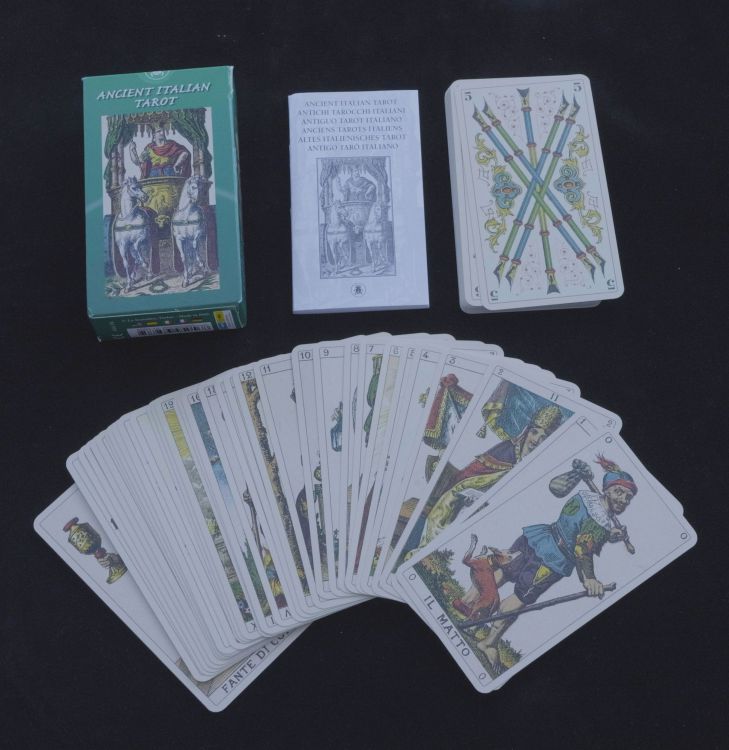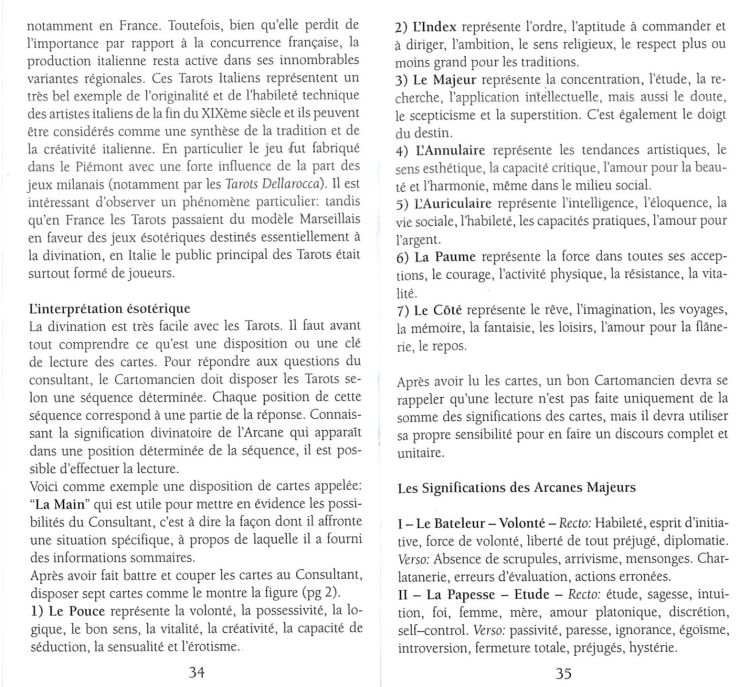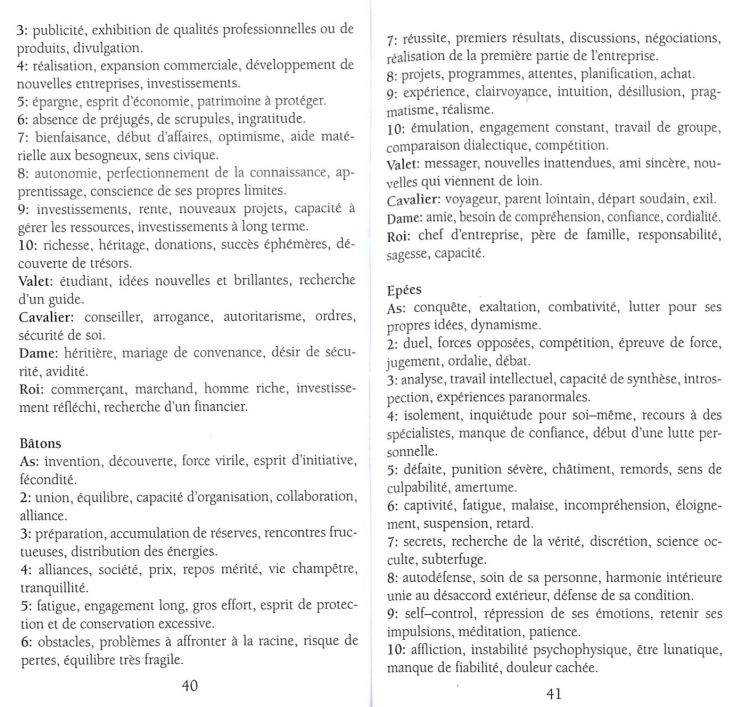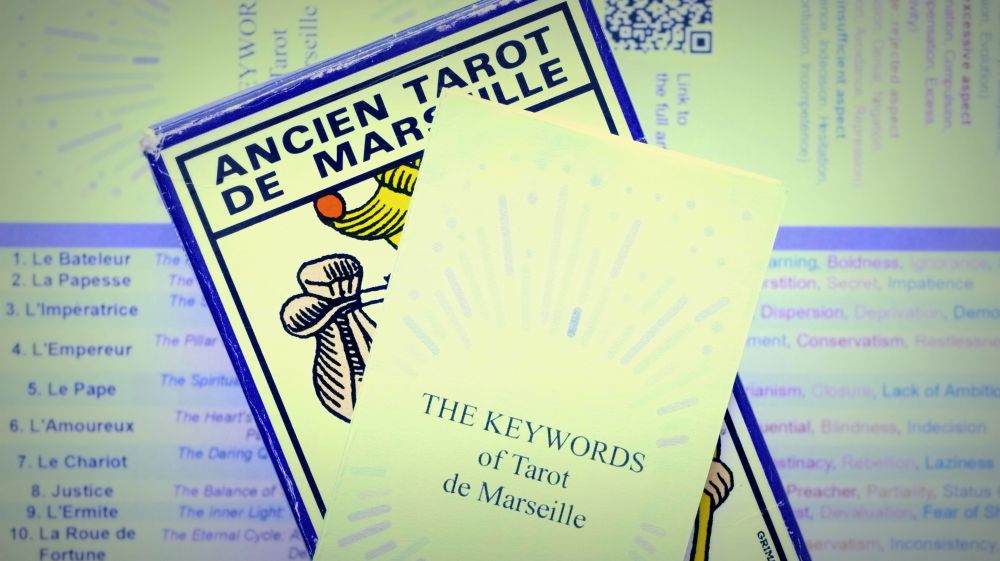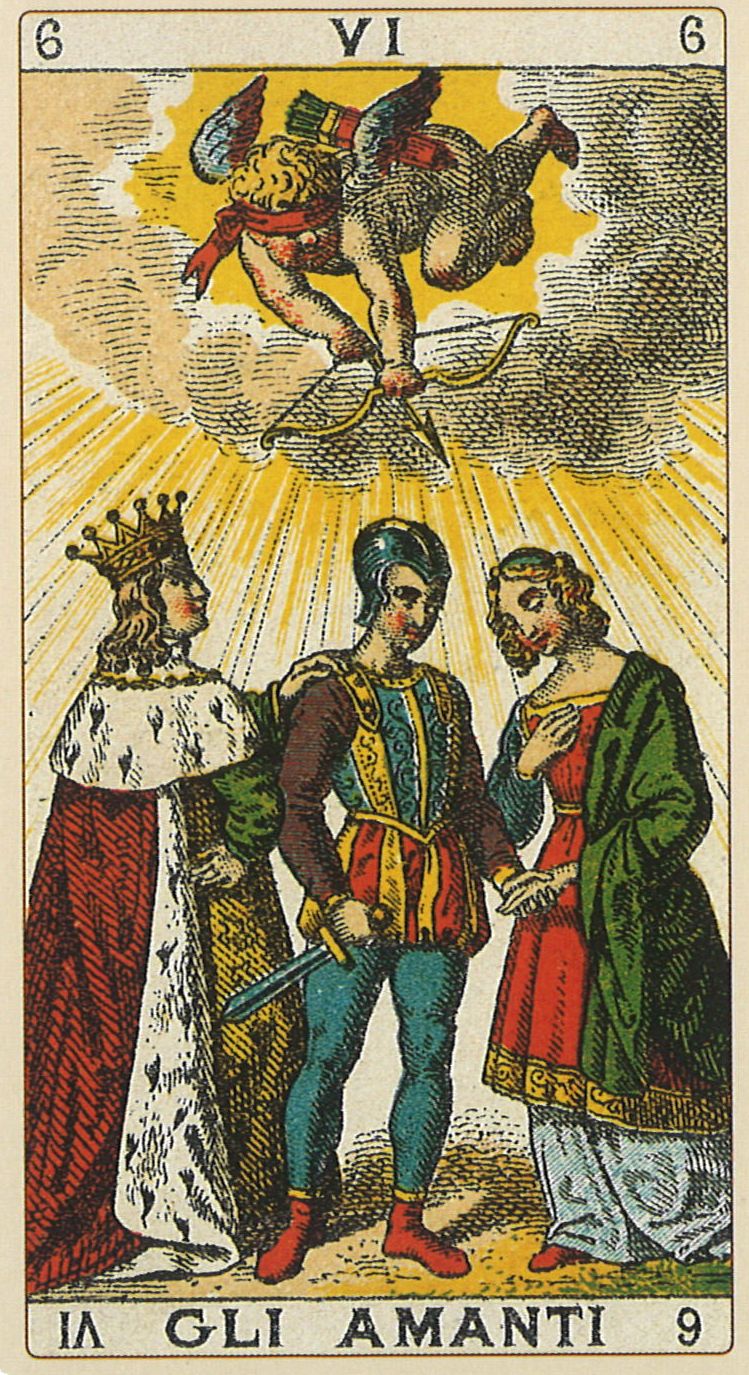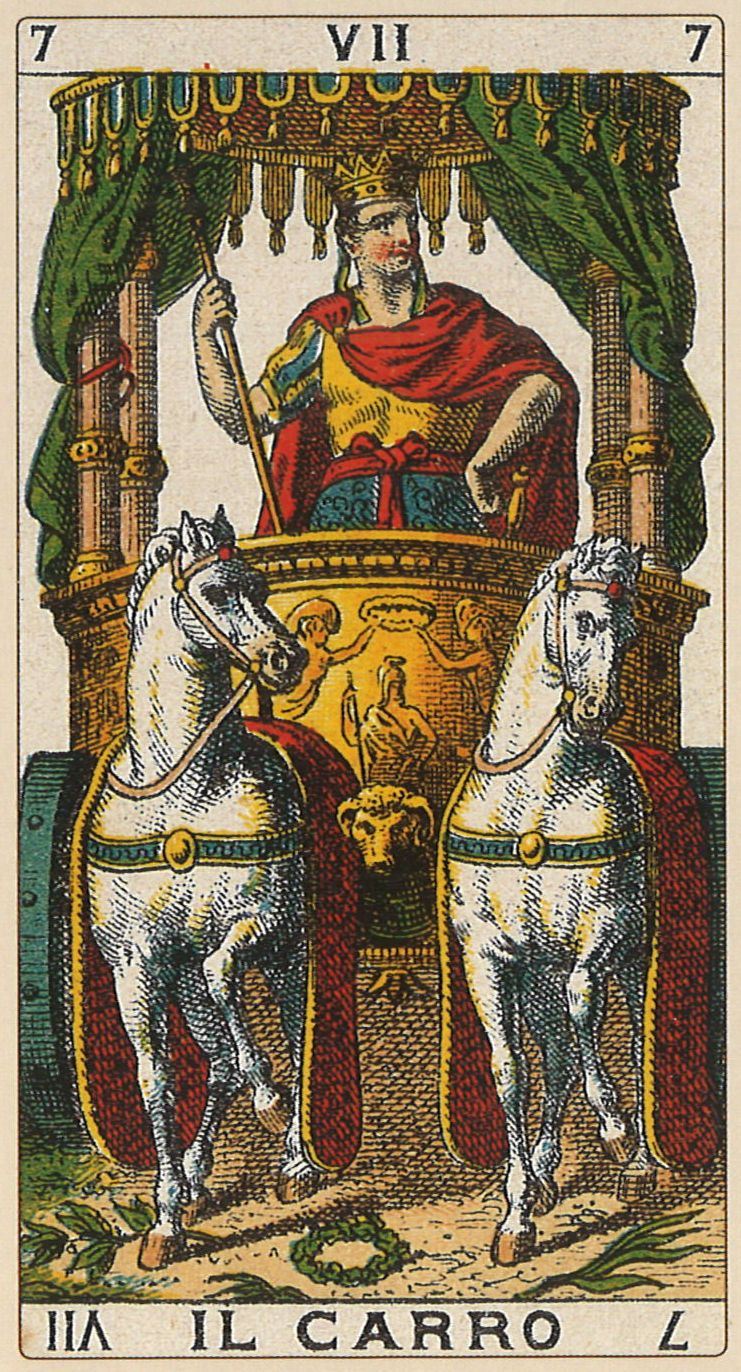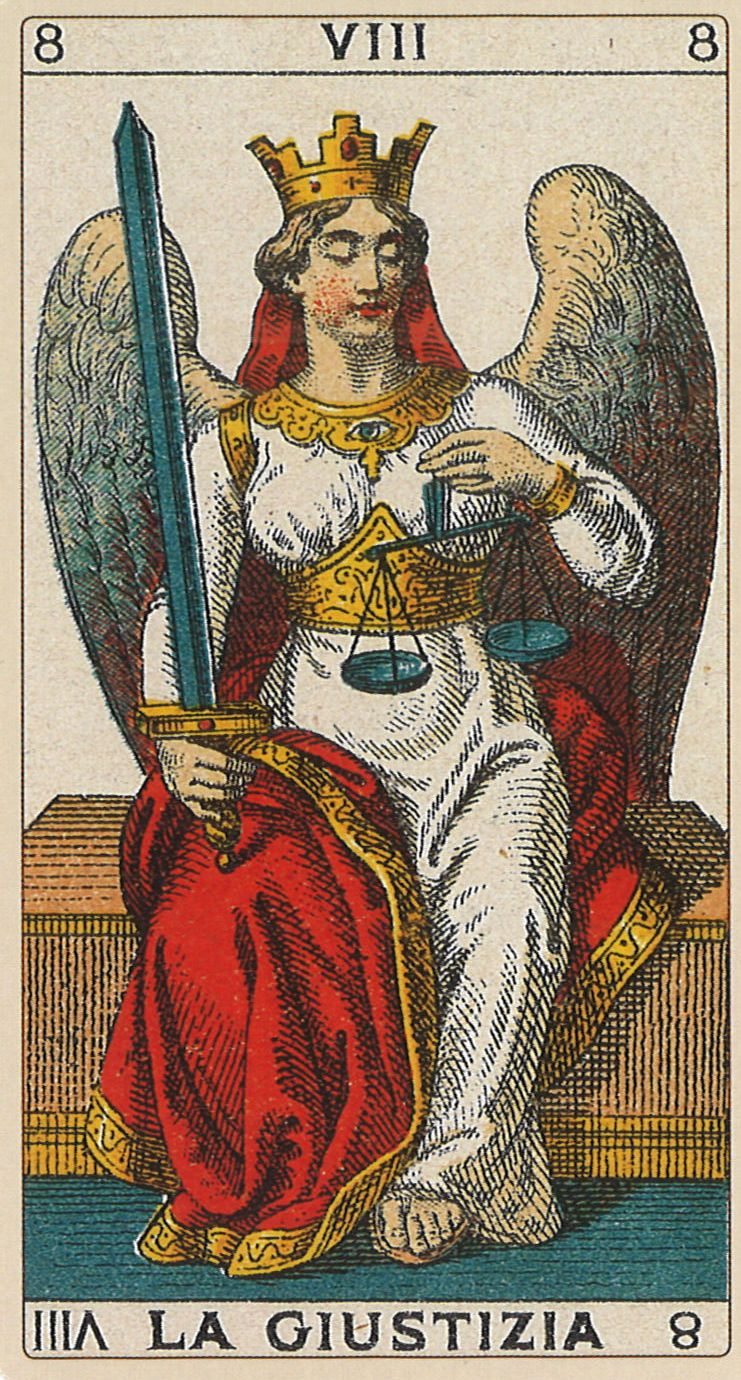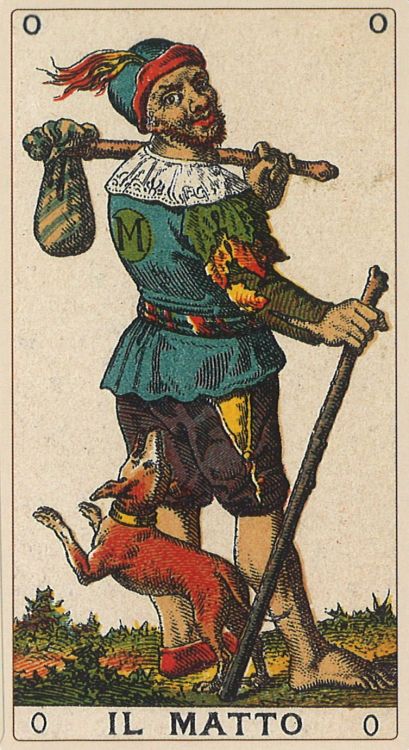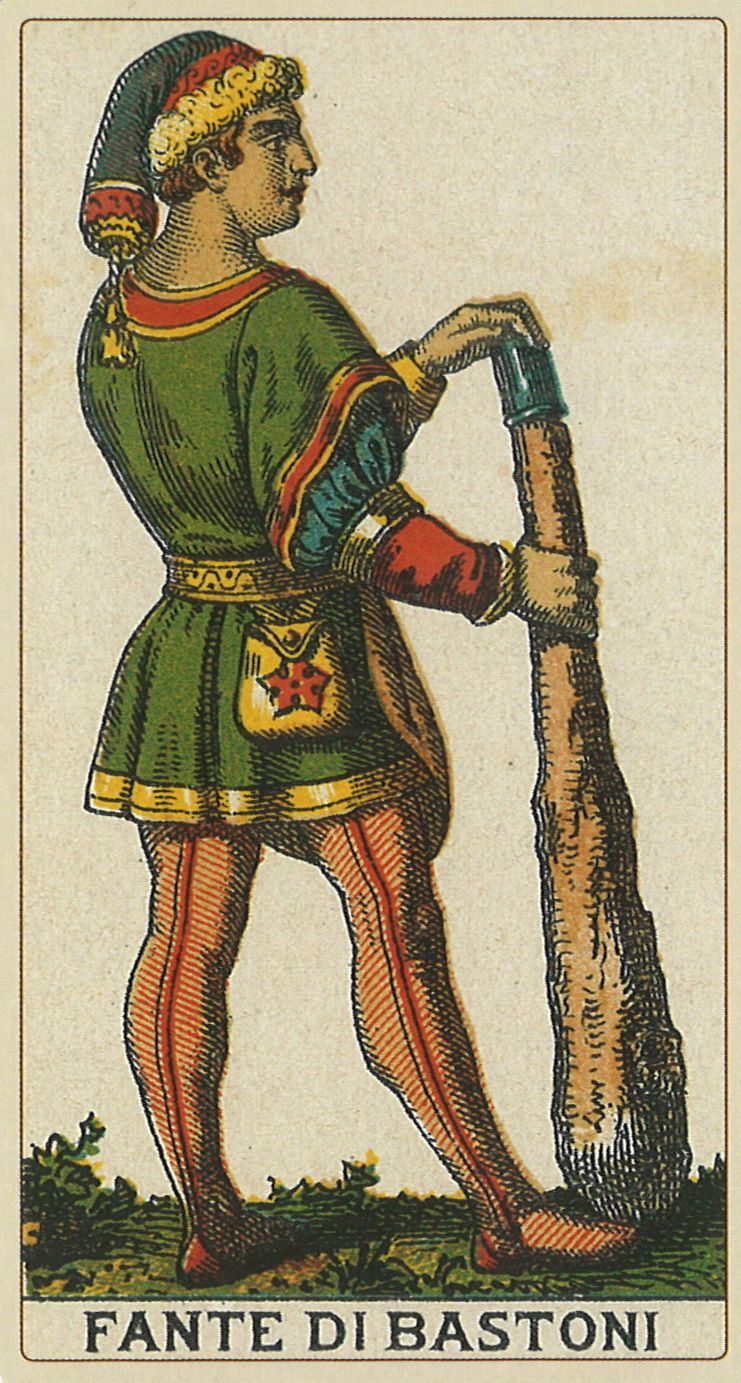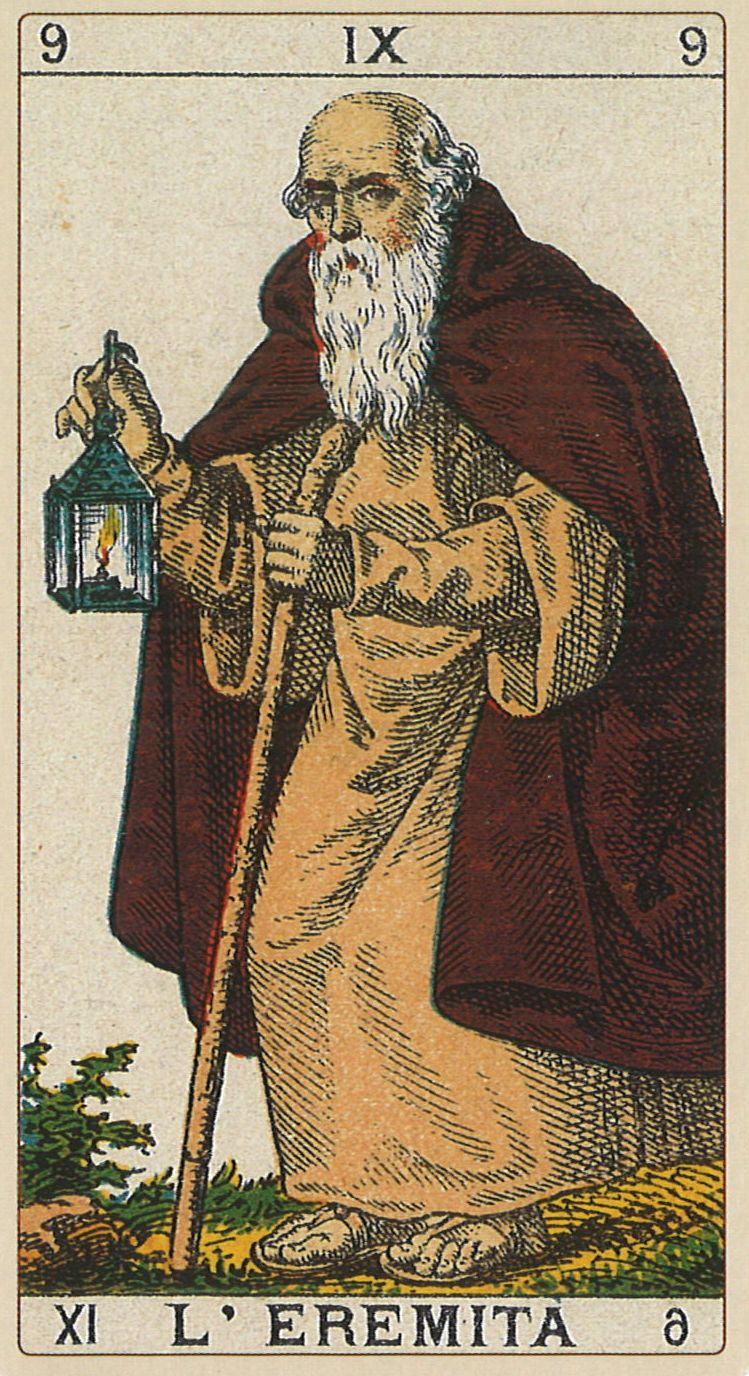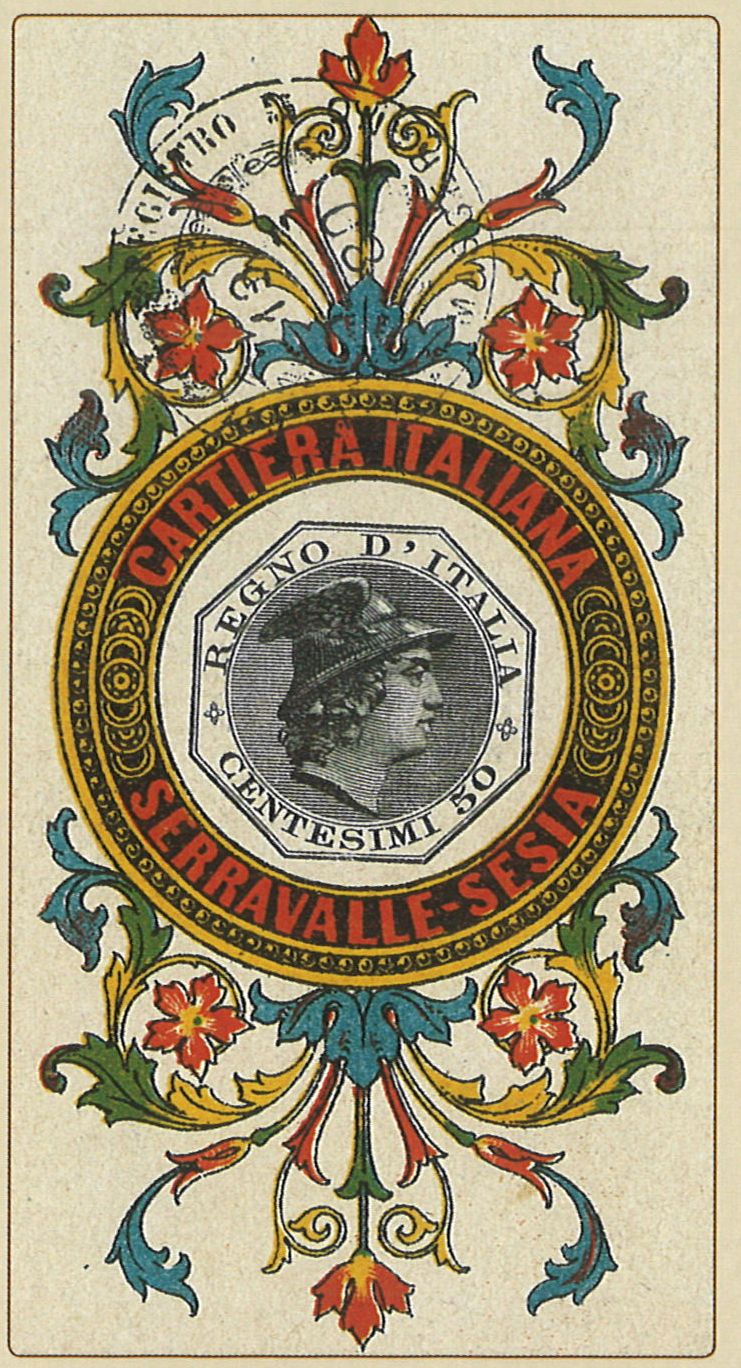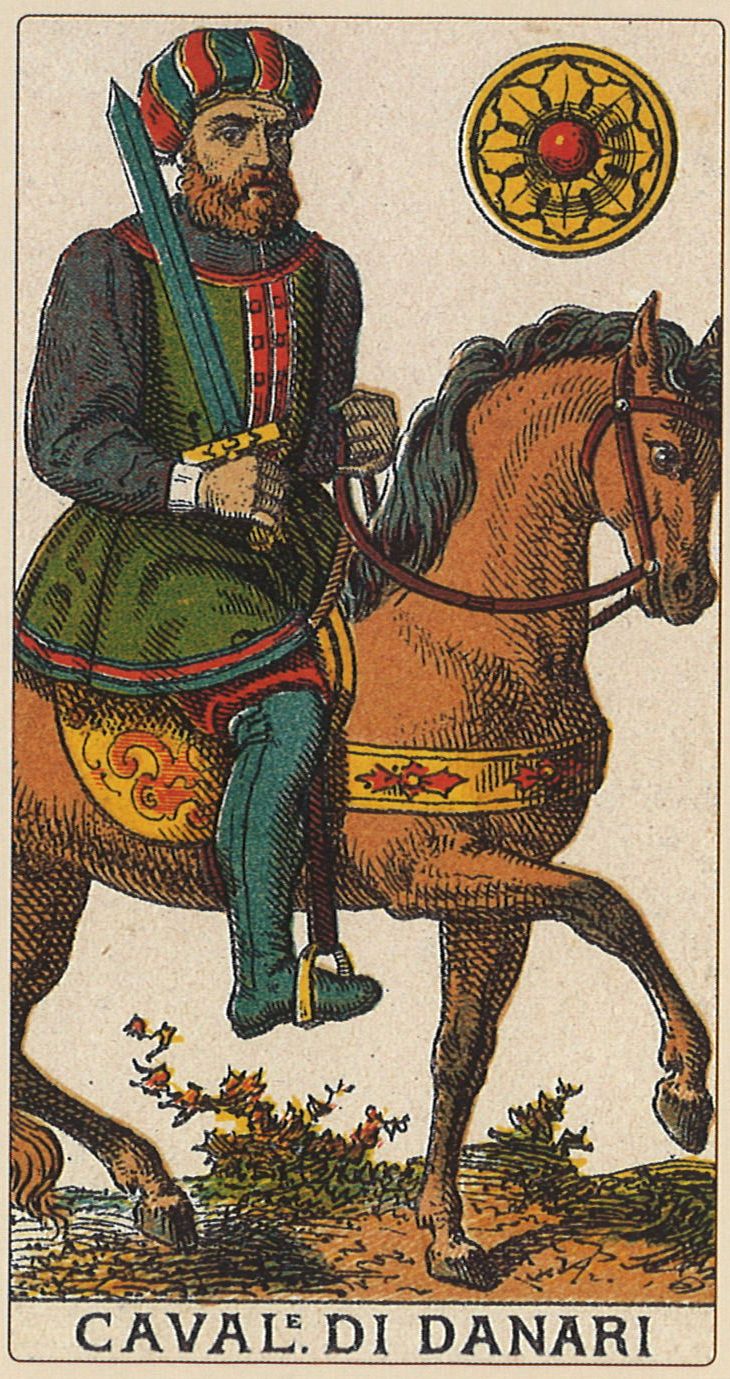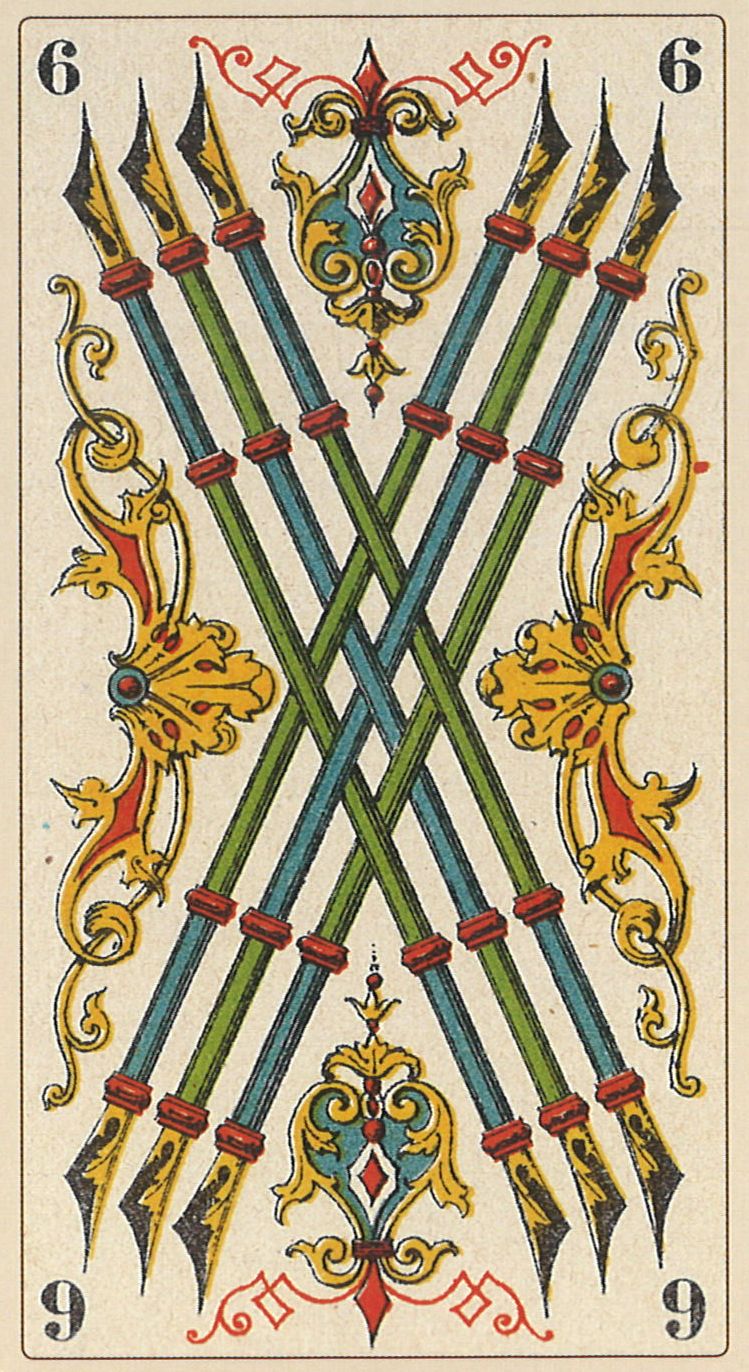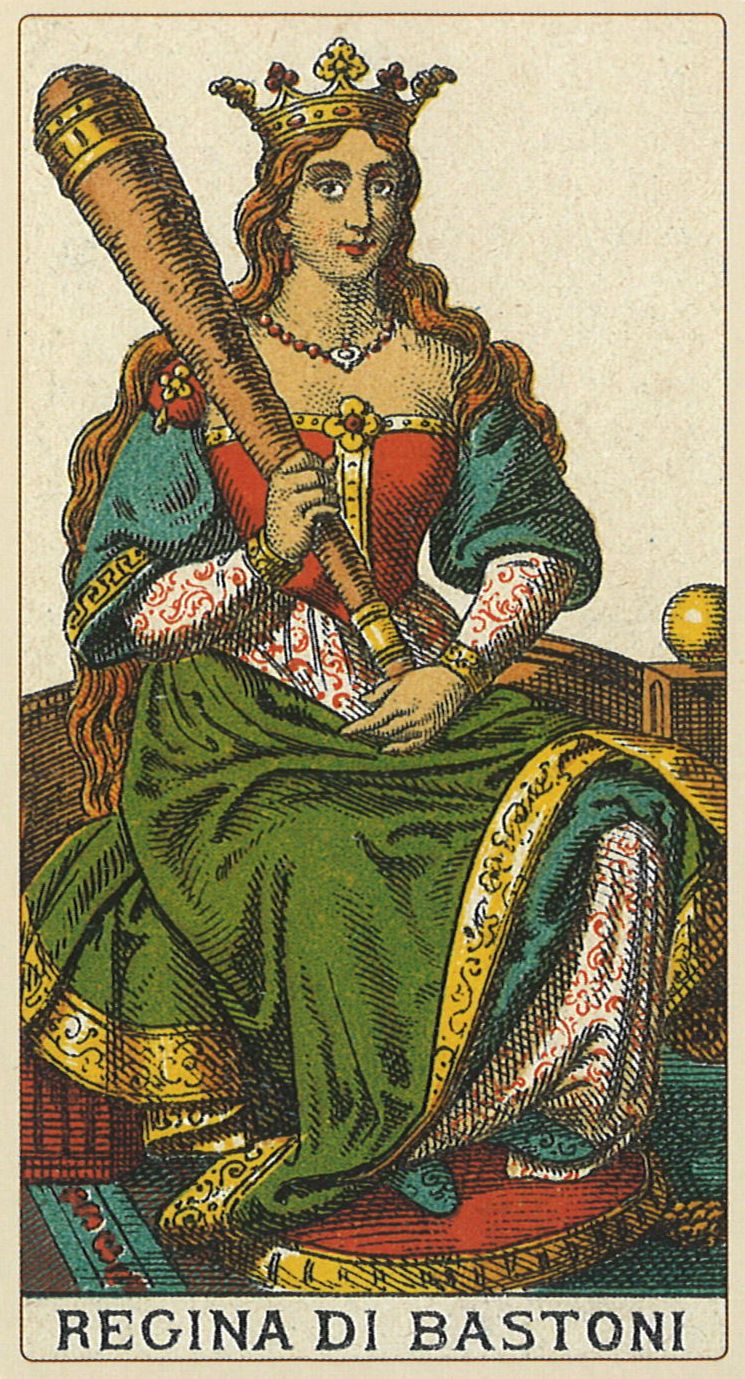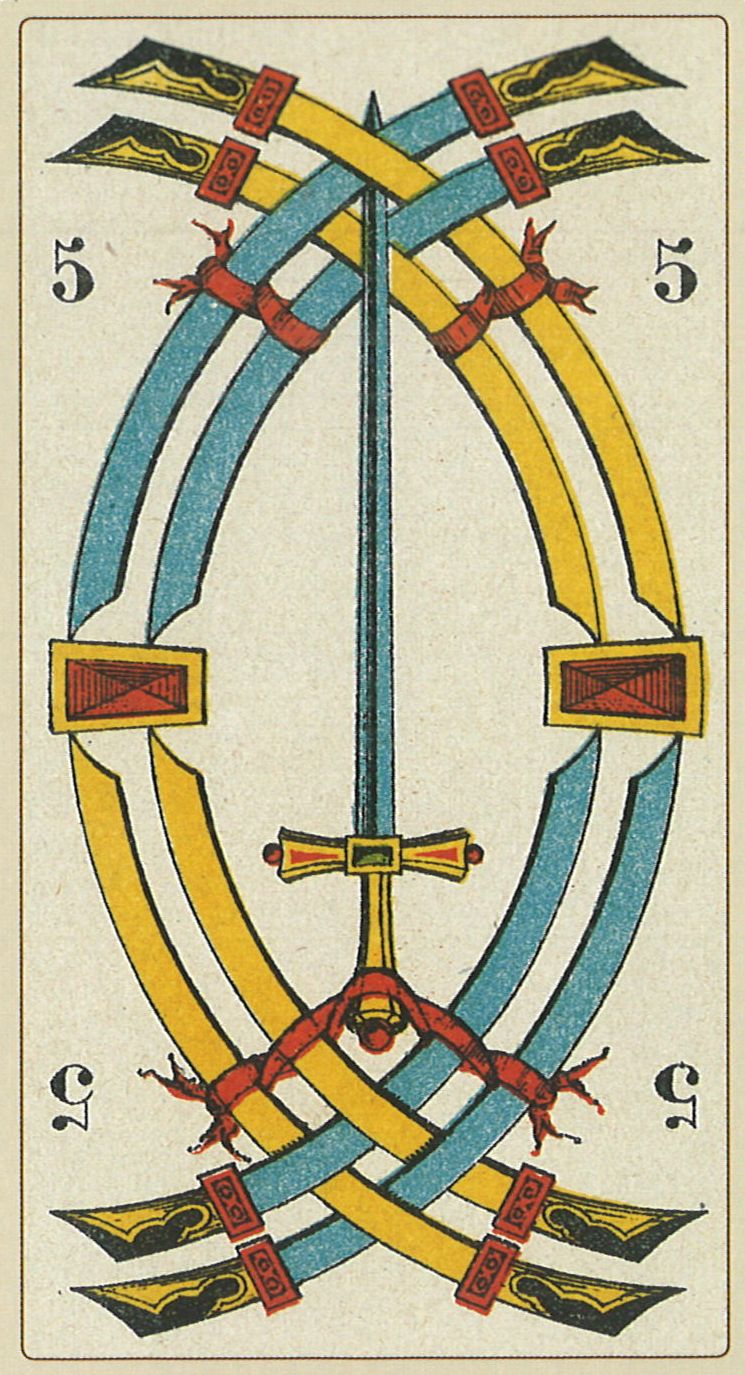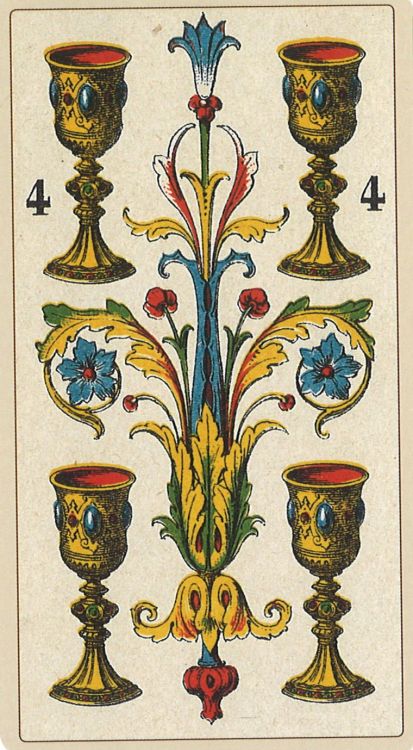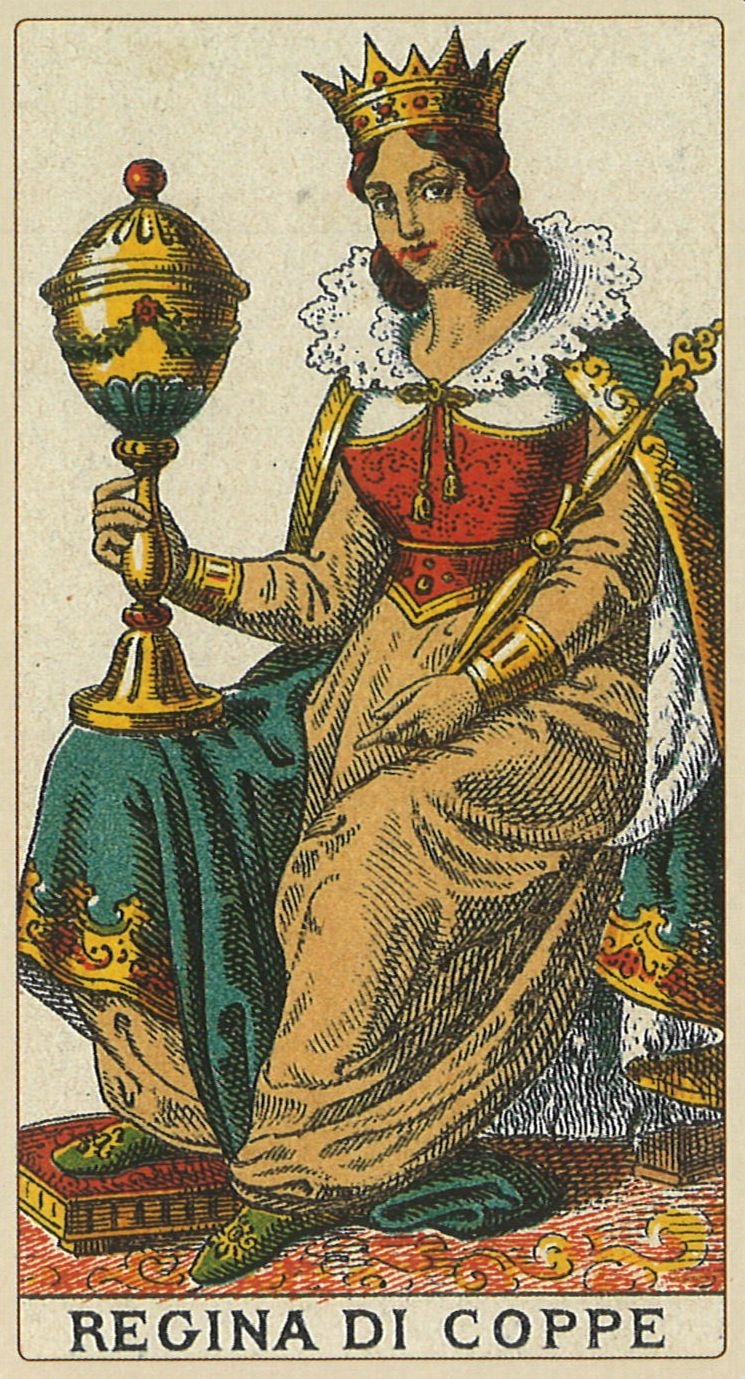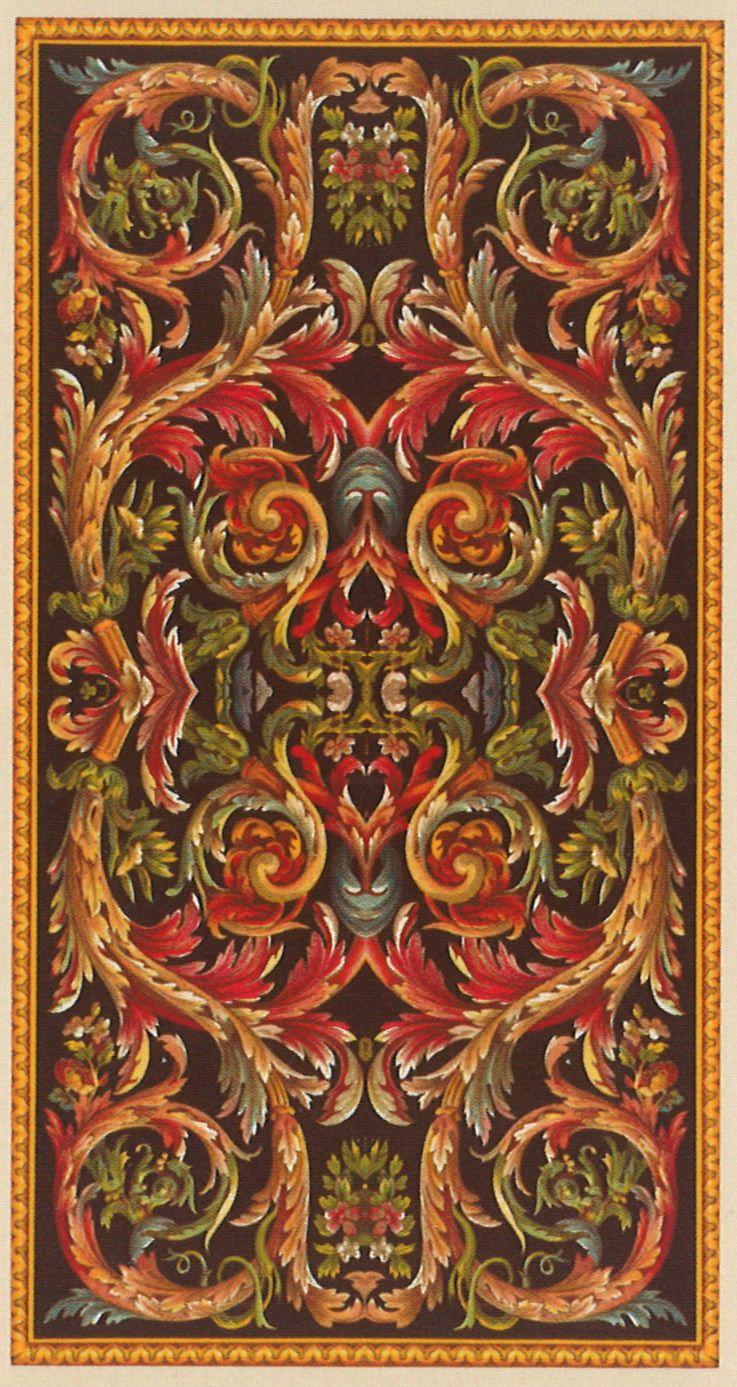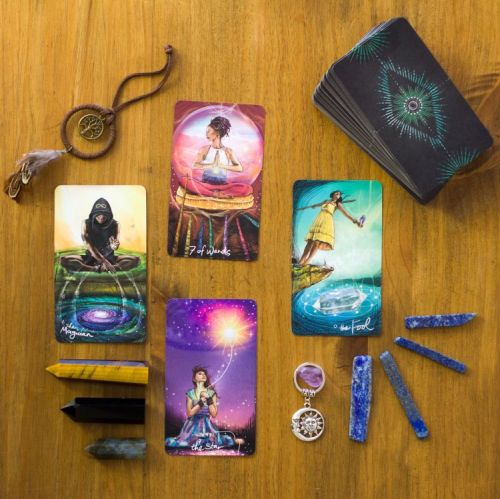First, I want to thank David B., who introduced me to this tarot and convinced me to explore it further. On his YouTube channel https://www.youtube.com/@Aceofwands688, he showcases this tarot along with other Marseille tarots.
The Ancient Italian Tarot is a true gem in the world of historical and modern tarots. This deck stands out first for its material quality. The cards feel pleasant to the touch and glide perfectly in the hands, making readings very smooth. However, their 6.5 cm width can be a bit inconvenient for some users. A slightly narrower format, reduced by half a centimeter, could have improved their handling while staying faithful to the original size. That said, this detail does not detract from the enjoyment of using them.
An intelligent and subversive deck
What makes this tarot particularly captivating is its subversive and thoughtful approach. The creators have drawn inspiration from the Marseille tarot while offering an interpretation that is both accurate and playful. Unlike some modern decks, which sometimes clumsily attempt to reinvent the tarot with questionable (or esoteric) ambitions or interpretations, the Ancient Italian Tarot successfully balances innovation with respect for tradition.
-
A depth of introspection: This tarot opens up profound pathways for reflection, far more relevant than what is often observed in some contemporary creators, including those of the Rider-Waite-Smith or modern reimaginings of the Marseille tarot.
-
A masterful homage: Although not a classic Marseille tarot, it retains its essence while exploring new paths. This ability to revisit without betraying demonstrates a nuanced understanding of the original symbols.
A critique of modern tarots
Many modern tarots, even those claiming to follow the Marseille tradition, merely revisit the Conver tarot (1760), the most well-known version. This results in a certain uniformity and a lack of originality in modern interpretations of the Marseille tarot. While these modern reinterpretations are respectful of traditions, they sometimes lack boldness or creativity.
-
Excessive respect for the canonical form: While this respect is understandable, it can become a limitation. Many modern tarots add a few marginal details, often esoteric or irrelevant, but fail to explore new avenues.
-
A return to other traditions: Revisiting the type 1 Marseille tarot, like Jean Noblet’s, instead of always focusing on type 2 and the Conver of 1760 (which is less rich than its predecessors), would bring a welcome diversity.
The Ancient Italian Tarot stands out precisely because it offers an original and daring exploration while remaining accurate in its interpretations.
A refreshing alternative
For reading enthusiasts, this tarot provides a unique experience. It differs from classic historical tarots like the Tarot de Jean Noblet or the Tarot de Jean Dodal, as well as from modern versions often too strict in adhering to traditional forms, like the Tarot Jodorowsky-Camoin, the Tarot Grimaud (Paul Marteau), the Tarot Millennium, or the Tarot CDB.
When you want to step away from the strict framework of historical or modernized tarots without veering into extravagance, the Ancient Italian Tarot emerges as an ideal alternative. Its refreshing and subversive nature makes it perfect for exploring new perspectives or simply varying your experience.
My verdict
The Ancient Italian Tarot is an excellent surprise. Its mix of authenticity, intelligence, and originality makes it a standout deck that deserves a place in any cartomancy enthusiast's collection. Whether for daily readings or deeper explorations, it offers a rich and captivating experience far from the beaten paths of overly classical modern tarots.
And you? Have you had the opportunity to work with this deck? What aspects of its symbolism or design stood out to you?
To learn more and deepen your knowledge of tarot, check out my article on the meanings of the 78 tarot cards or on the 22 Trumps (major arcana).
